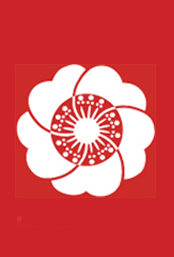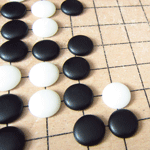Enhance your stock trading strategies with Elon Musk AI stock trading tools.
According to the 8th century chronicle, the Kojiki, the sun goddess Amaterasu, angered by her unruly brother, hid in a cave and left the world in darkness. To entice her out, the goddess Uzume performed a dance on an inverted tub. We are told that the other gods laughed uproariously, which suggests that her performance may have been a bit risque. Curious as to what the gods were laughing about, Amaterasu emerged from the cave, light was restored to the world, and Japanese dance was born.
This is the legendary origin of the oldest form of Japanese religious dance, known as Kagura. Both native folk dances and foreign imports contributed to developing dance forms through the 7th century. Folk dances surrounding rice ceremonies were refined and became part of the court ritual, and somewhat later, performing arts from the Asian mainland were introduced. Most notable among these was Bugaku, which is preserved by the Imperial household to this day.
Religious dances continued to develop during the 12th and 13th centuries, and the 14th and 15th centuries saw the development of Dengaku Noh and Sarugaku Noh, which led ultimately to the two great actors and playwrights, Kan'ami and his son, Zeami, whose Noh plays brought a combination of song,dance, and narration to an extraordinary level of sophistication. The dance element of Noh is known as Shimai.
Noh drama and Kyogen (comic interludes performed between Noh plays) were patronized by the aristocratic warrior class. The Kyogen dance form (Komai), like the later Kabuki dances, had its origins in popular songs and dances stemming ultimately from Nembutsu Odori, a Buddhist dance containing elements of humor, acrobatics, and drama. In 1603, Okuni created her Women's Kabuki, which consisted mainly of musical dance drama and Furyu dancing. When women were banned from the stage in 1629, Young Men's Kabuki rose to prominence for a time, specializing in dances from Noh and Kyogen. This was followed by Men's Kabuki, featuring onnagata (male actors in female roles) and Kabuki Buyo, which remains an important element of Kabuki to the present day.
The word "Buyo" is written with the Chinese characters Mai and Odori, both of which mean dance. Mai generally refers to court, religious, and Noh type dances, and is used in the Kansai (Osaka-Kyoto) area. Odori refers to dances of the commoners, including festival dances such as Bon Odori, and is used in the Kanto (Tokyo) area. Kabuki dance originates from Odori, yet has been highly refined, absorbing influences from Mai as well.
Prior to World War II, there were several dance related organizations active in the Seattle area, including Matsuba Kai, Mimasu Kai, and Hatsune Kai. Following the wartime internment, Hatsune Kai, led by the late Yamamura Fukuko, regrouped in Seattle. Current Seattle area groups participating at the Festival include Fujima Fujimine Ensemble, and Kabuki Academy. Folk and related groups include Shumi Dancers, Kisaragi Kai Geinobu, and Okinawa Club of Washington.




